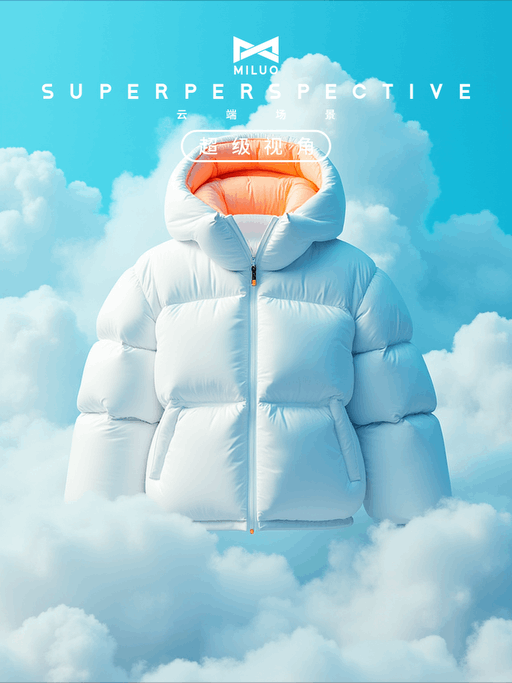Unlock Dreamy Cloud Scenes: A Step-by-Step Workflow Guide
Workflow Overview

The primary purpose of this workflow is to generate images with a "super perspective of cloud scenes" style. By using LoRA models and ControlNet technology, combined with prompts and image generation models, it creates dreamy, surreal cloud scene images. The workflow is divided into two modules: "Online Run" and "Local Run," allowing users to choose the appropriate module based on their specific usage scenario.
Core Models
The workflow uses the following core models:
LoRA Model:
miluo丨云端场景丨超级视角_v1.3, used to fine-tune the style and details of the generated images, giving them a unique cloud scene perspective.Stable Diffusion Model:
miluo-flux-pro_模型配置更智能_v1.0, serving as the base image generation model, responsible for generating images based on prompts and conditions.VAE Model:
ae.sft, used for image encoding and decoding.
Component Explanation
Key components (Nodes) in the workflow include:
EmptyLatentImage: Generates a blank latent space image as the starting point for image generation.
CheckpointLoaderSimple: Loads the Stable Diffusion model (e.g.,
miluo-flux-pro_模型配置更智能_v1.0).LoraLoader: Loads the LoRA model (e.g.,
miluo丨云端场景丨超级视角_v1.3) to fine-tune the style of the generated images.CLIPTextEncode: Encodes prompts into conditioning vectors that the model can understand.
KSampler: A sampler used in the image generation process, controlling the steps and details of image generation.
VAEDecode: Decodes latent space images into visible images.
PreviewImage: Previews the generated images.
Installation:
LoRA Model and Stable Diffusion Model need to be installed via ComfyUI Manager or GitHub. For example:
LoRA plugin:
ComfyUI_Comfyroll_CustomNodesStable Diffusion plugin:
ComfyUI_StableDiffusion
Dependent Models:
LoRA models (e.g.,
miluo丨云端场景丨超级视角_v1.3) need to be downloaded from Hugging Face or other model repositories.Stable Diffusion models (e.g.,
miluo-flux-pro_模型配置更智能_v1.0) also need to be downloaded from the respective repositories.
Workflow Structure
The workflow can be divided into the following main parts:
Model Loading Group:
CheckpointLoaderSimple and LoraLoader nodes, loading the Stable Diffusion model and LoRA model.
Input: Model file paths.
Output: Loaded models and LoRA weights.
Prompt Processing Group:
CLIPTextEncode nodes, encoding prompts into conditioning vectors.
Input: Text prompts (e.g.,
miluo_yunduan, A white, puffy puffer jacket...).Output: Encoded conditioning vectors used for image generation.
Image Generation Group:
KSampler and VAEDecode nodes, generating and decoding images.
Input: Models fine-tuned by LoRA and conditioning vectors.
Output: Final generated images.
Image Preview Group:
PreviewImage nodes, previewing the generated images.
Input: Generated image data.
Output: Visualized images.
Input and Output
Input:
Prompts (e.g.,
miluo_yunduan, A white, puffy puffer jacket...).Model file paths (e.g.,
miluo-flux-pro_模型配置更智能_v1.0andmiluo丨云端场景丨超级视角_v1.3).
Output:
Generated images, saved in PNG or JPG format.
Notes
Model Download: Ensure all used models (e.g., LoRA, Stable Diffusion) are correctly downloaded and placed in the ComfyUI model directory.
Performance Requirements: Generating high-resolution images may require significant GPU memory. A GPU with at least 8GB of VRAM is recommended.
Prompt Optimization: The quality of prompts directly affects the generated images. Detailed descriptions are recommended.
Compatibility: Ensure the ComfyUI version is compatible with the components in the workflow.